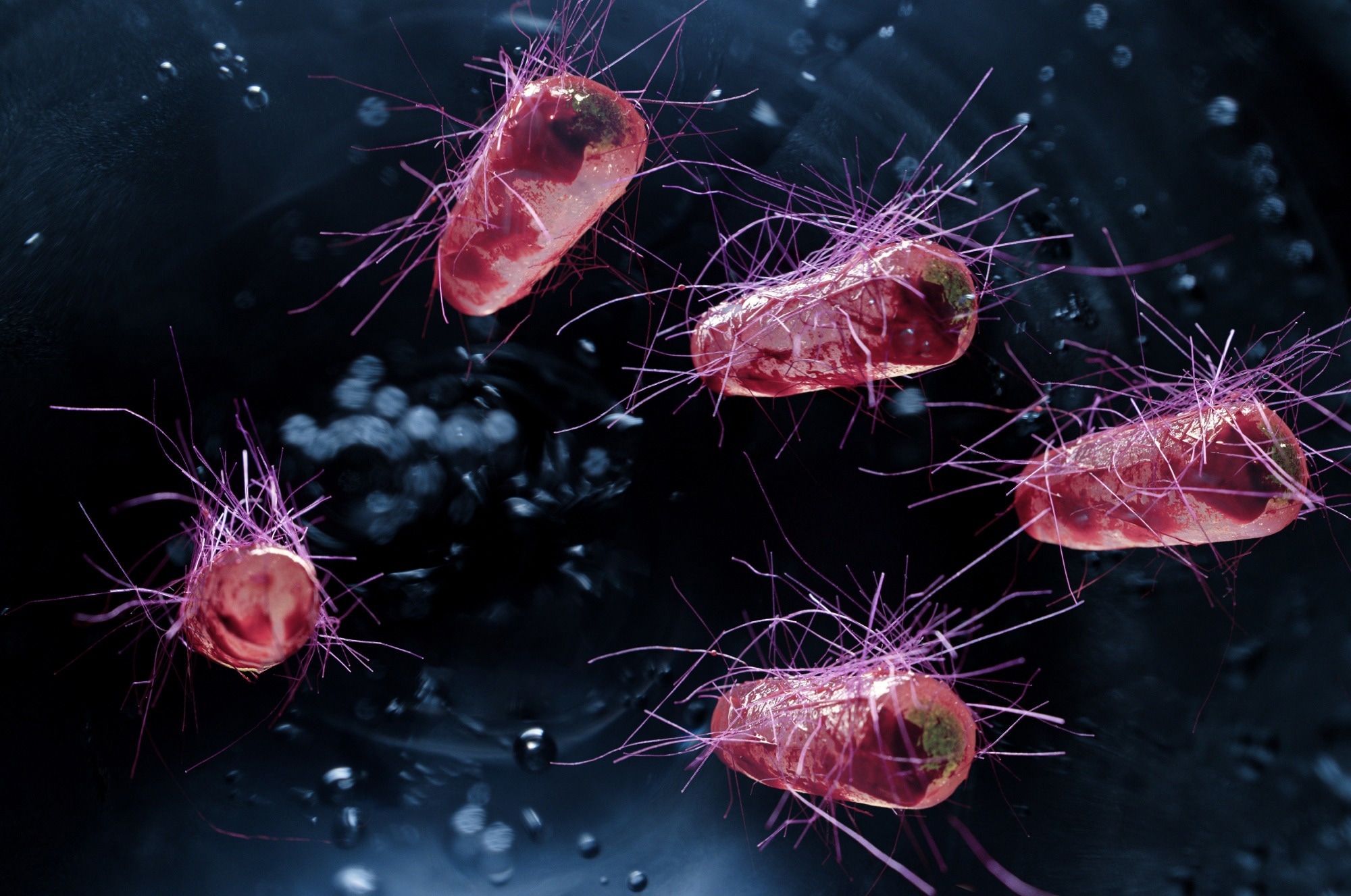Infection
Hospital wastewater teeming with antibiotic-resistant genes, poses infection risk
In a study published in the Journal of Hospital Infection, researchers from the UK and the Republic of Ireland analyzed the wastewater system at the University Hospital Limerick to identify sources of infection and antimicrobial resistance (AMR) genes. They found that the dominant microbes in the wastewater had high levels of AMR genes, highlighting the need for regular cleaning and decontamination to prevent patient infections.
As AMR rises globally, multi-resistant drug infections are a serious challenge in healthcare. Previous studies have found that contaminated hand-washing sinks have been associated with outbreaks in hospitals. Patient-facing wastewater apparatus may store antimicrobial-resistant genes (ARGs) and infection-causing microorganisms, and further research is required to identify where these reservoirs are and inform the most effective interventions to control infections.
Study: Large-scale characterisation of hospital wastewater system microbiomes and clinical isolates from infected patients: profiling of multidrug-resistant microbial species. Image Credit: Ezume Images / Shutterstock
About the study
The present study aimed to understand the taxonomic and resistome profiles of the wastewater system, specifically focusing on multidrug-resistant hospital-acquired infection (HAI) outbreaks. The researchers conducted a unique large-scale metagenomic analysis of the wastewater microbiome in a large teaching hospital with a history of AMR detections and outbreaks. They determined relationships between infection-causing microorganisms and the wastewater system.
Before the refurbishment of the hospital ward, a total of 20 pipe samples from patient rooms, including 6 toilet u-bends, 10 sink drains, and 4 shower drains, were collected for analysis. Researchers then extracted DNA from the pipes before purifying and sequencing the strains. Using metagenomic analysis, gene prediction, and translation to amino acid sequences, the extracted microbes were identified to the family, genus, and species level to ascertain whether they contained ARGs.
Concurrently, 5 bacterial samples cultured from patients who had acquired AMR infections while admitted to the ward 12 months before the pipe sampling were also analyzed, and ARGs were identified using resistome analysis. Researchers were then able to compare ARGs from the environmental DNA to the clinical isolates obtained from hospital patients.
“As microbial diagnostics continue to advance, metagenomics may perform a pivotal routine role in surveying hospital environments to provide timely information for actionable interventions to prevent patients from nosocomial infections.”
Results and discussion
The greatest microbial diversity was found in sinks, with less diverse communities in toilets and showers. In total, 256 microbial species were identified from 20 pipe samples. Proteobacteria and Actinobacteria were the dominant phyla in the wastewater system, with a mean abundance of 38% and 16%, respectively. However, different microbial profiles were present in different samples, possibly due to different human behaviors and activities associated with different locations, resulting in the generation of grey and black wastewater. At the same time, there were elements of similarity, as would be expected given their proximity and interconnectedness within the wastewater system.
Resistome analysis revealed that the highest numbers of ARGs observed were those that encode resistance to tetracyclines, fluoroquinolones, diaminopyrimidines, β-lactams, and macrolides, all clinically significant and often-used classes of antibiotics. However, unlike the differing microbial profiles, ARG profiles did not show significant differences across sample types. This would suggest that ARGs are not confined to individual bacterial species and instead are being shared across different species, either through divergent evolution or horizontal transfer. Proteobacteria and Actinobacteria showed the highest ARG counts (1413 and 628, respectively).
The AMR bacterial isolates from patients in the ward showed a high number of ARGs, namely, Enterococcus faecium (24 ARGs), Escherichia coli (77 ARGs), Enterobacter kobei (26 ARGs), Citrobacter youngae (60 ARGs), and Enterobacter hormaechei (54 ARGs). On comparing the profiles between the wastewater pipe samples and the patient isolates, the researchers found that they were similar, with many shared ARGs. For each clinical isolate, high similarity levels were noted in the pipe infrastructure.
The considerable number of identical genes highlights the possibility that genes may be passed from one source to another, including resistance genes for commonly used antibiotic classes. These findings confirmed the crossover between clinically relevant pathogens and microbes in hospital wastewater environments.
“We found no significant differences between the metagenomic results of patient and staff WW apparatus, which may indicate that the microbiological wastewater highway may be multi-directional and that there is substantial scope for contamination exposure throughout this system.”
Conclusions
By conducting a large-scale metagenomic analysis of the hospital wastewater system, focusing on sites used by patients, the researchers were able to show a diverse range of resistance genes in both the environmental and clinical isolates, with a perfect overlap between ARGs for disinfecting agents and frequently used antimicrobials. The hospital uses large amounts of these antimicrobial agents, suggesting that promoting active antimicrobial stewardship and reducing the usage of broad-spectrum antimicrobials could lower the burden of AMR.
The study highlights the importance of identifying and characterizing reservoirs of antibiotic resistance in hospitals. It illustrates the utility of using metagenomics instead of only relying on culture methodologies, which are time and labor-intensive and may lead to biased findings. However, one limitation of the study is that researchers could not conclude whether isolates were introduced to patients from the wastewater system or vice versa. Regardless, this research underlines the need for effective policies to control infection transmission in hospitals and the emergence of more resistant diseases.
- Large-scale characterisation of hospital wastewater system microbiomes and clinical isolates from infected patients: profiling of multidrug-resistant microbial species. Kelly, S.A., O’Connell, N.H., Thompson, T.P., Dillon L., Wu, J., Creevey, C., Kiely, P., Slevin, B., Powell, J., Gilmore , B.F., Dunne, C.P. Journal of Hospital Infection (2023). https://doi.org/10.1016/j.jhin.2023.09.001, https://www.journalofhospitalinfection.com/article/S0195-6701(23)00287-6/fulltext#%20

